VFDs are functionally equivalent to vacuum tubes.
In fact, since some have an Control Grid to let the display be multiplexed, they can actually be used as a triode, and amplify a signal!
To use a VFD, you have to have a basic understanding of how vacuum tubes work.
Basically, a vacuum tube, has three components:
- The Filament (Also called the Cathode)
- The Grid
- The Plate (Also called the Anode)
The filament is heated, which causes it to release electrons, a process called thermionic emission. Since electrons are negatively charged, if there is a nearby piece of metal with a electrical charge more positive then the electrons from the cathode, the electrons will be attracted to it, allowing a current to flow.
The grid is positioned between the Anode and Cathode. If the grid is driven more negative than the cathode, it repels the electron cloud, which prevents any current from flowing. Since the grid is not heated, it does not emit any electrons itself.
This forms the basis of every vacuum tube.
A VFD is basically triode, except the anode is coated with phosphor. Therefore, when the the anode is more positive then the cathode, the free electrons in the cathode's electron cloud flow towards the anode, and in the process strike the phosphor, exciting it.
This process is very similar (basically identical) to how CRT televisions work.
Now, since your display has control grids (the rectangular mesh sections above the digits), there is another thing required to drive your VFD.
Basically, it behaves very similar to a multiplexed display. Every segment in every display is connected in parallel. Therefore, if you leave all the control grids floating, any signal you drive the display with will be present on every character.
By driving all the control grids but one more negative than the filament/cathode, only that digit will be active, since the control grids will prevent current from the cathode from reaching any of the other characters.
VFDs use directly heated cathodes, so the cathode is easily visible. The three very fine horizontal wires running the entire width of the display are the cathode.
I would guess that the filament probably takes about 2-6V at a hundred ma or so. It should NOT glow visibly at all. The anode voltage should probably be about 30-60v, and the grid a few V- (though I think driving the grid positive might also work, if it successfully depletes the available local electrons. I've only played with single digit VFD tubes without grids).
Your best bet is to trace out the connections on the back of the unit, and try powering on a bench supply.
The yellow traces you see on the rear-view are the internal electrical connections. You should be able to figure out the pinout from them.
The pin on each end is almost definitely the filament connections.
If you have a few bench power-supplies (three, though I think you could manage with two), you should be able to get at least part of the display to light up without too much trouble. Getting it to display useful numbers is another matter.
It still easier then nixie tubes, though.
Useful References:
https://web.archive.org/web/20171201181958/http://ccgi.cjseymour.plus.com/elec/valves/valves.htm
http://simple.wikipedia.org/wiki/Vacuum_tube
http://en.wikipedia.org/wiki/Vacuum_tube
http://en.wikipedia.org/wiki/Control_grid
http://en.wikipedia.org/wiki/Triode
http://en.wikipedia.org/wiki/Vacuum_fluorescent_display

